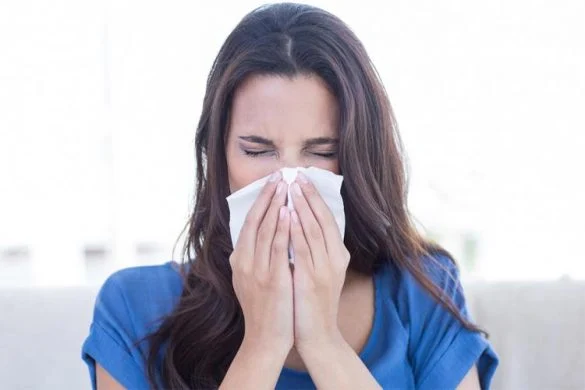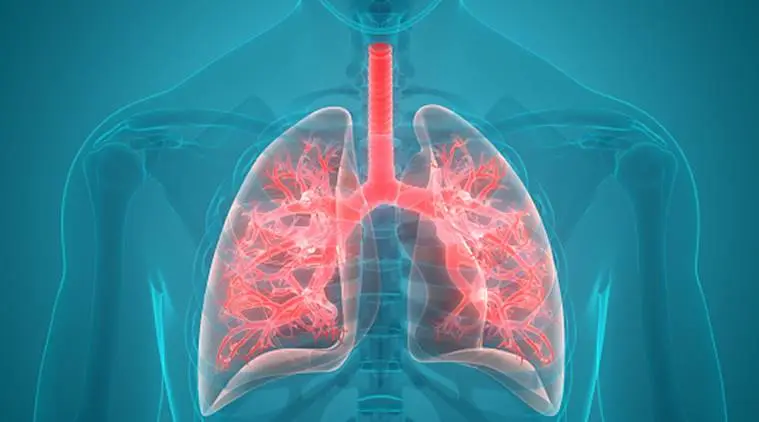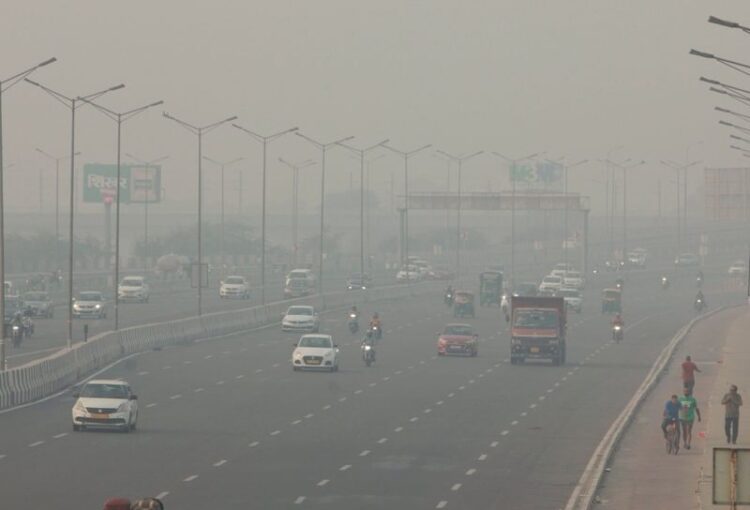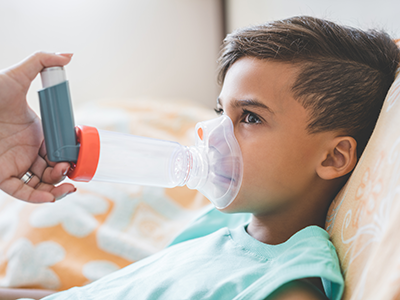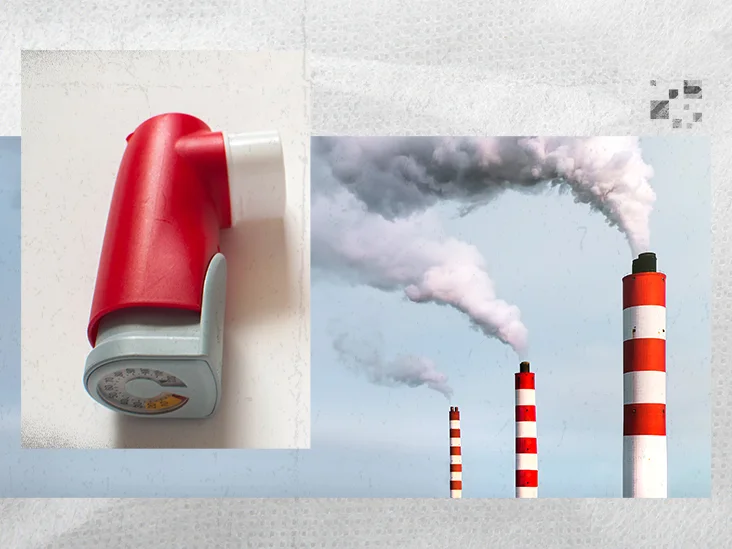The capital region of India, Delhi-NCR, is witnessing a significant rise in flu cases, which has raised concerns among medical experts. As the seasonal shift between winter and summer takes place, coupled with the rising air pollution, doctors are warning that these factors are contributing to a surge in flu-like illnesses across the region. With fever, cough, cold, and related symptoms becoming increasingly common, healthcare professionals are urging citizens to take precautions and remain vigilant in the face of this worrying trend. As of February 2025, flu cases are sharply rising, and experts are emphasizing the need for preventive measures to mitigate the health risks.
Impact of Seasonal Transition and Air Pollution
Dr. Neha Rastogi Panda, a Consultant in Infectious Diseases at Fortis Memorial Research Institute, Gurugram, pointed out that the seasonal transition, combined with high levels of air pollution, is playing a key role in the surge of flu cases. According to Dr. Panda, the shift from winter to summer has historically been a time when flu-like illnesses and viral infections become more prevalent. This seasonal shift is often accompanied by a rise in air pollution, which exacerbates respiratory issues, thereby further aggravating the flu situation.
Dr. Panda explained, “The change in weather during this period is typically associated with an increase in the prevalence of respiratory infections, including influenza. The pollution levels during this time tend to aggravate symptoms, leading to more severe cases and longer recovery periods. With pollution exacerbating existing respiratory conditions, such as asthma and COPD, it’s not surprising that the flu cases are on the rise.”
As the city grapples with its ongoing battle against air pollution, the combination of toxic air and fluctuating weather conditions poses a serious threat to public health, particularly in the months leading up to the warmer season. It is important to recognize the role that pollution plays in making individuals more vulnerable to respiratory infections, leading to an uptick in hospital admissions and prolonged illness.
Widespread Symptoms and Extended Recovery Periods
Doctors have reported that common flu symptoms such as high-grade fever, sore throat, persistent cough, body aches, and fatigue are becoming increasingly prevalent in Delhi-NCR. However, what is particularly concerning is the extended recovery period that many patients are experiencing. While the flu typically lasts around 5-7 days, the current wave of infections is seeing symptoms persist for up to 10 days in some cases, making it a prolonged and exhausting ordeal for many.
Patients have also reported complications and a higher incidence of secondary infections, such as bronchitis and pneumonia, which are especially dangerous for those with pre-existing health conditions. The longer recovery period coupled with the severity of the flu highlights how air pollution and the seasonal shift are making this year’s flu season particularly challenging.
Vulnerable Populations and Higher Risk of Complications
While flu cases are affecting individuals of all age groups, doctors have noted that those over the age of 50 and children under the age of 15 are more commonly impacted. These age groups are more susceptible to complications arising from the flu, and in particular, the elderly and young children face a higher risk of developing pneumonia, bronchitis, and other respiratory issues. Furthermore, individuals with underlying health conditions such as hypertension, diabetes, asthma, COPD, or cardiac issues are also at a significantly higher risk of complications.
Dr. Panda highlighted, “Healthcare facilities across Delhi-NCR are seeing an increase in hospital admissions, particularly among the elderly and individuals with comorbidities. These patients are experiencing severe flu symptoms, and some are even requiring extended care due to complications. It’s crucial for people in these high-risk groups to take extra precautions.”
The situation underscores the need for individuals, especially those in vulnerable populations, to remain cautious and take necessary preventive actions. Medical experts recommend that those with pre-existing conditions seek timely medical attention and avoid delaying treatment if they experience flu-like symptoms.
The Predominant Strains: Influenza A and B
According to Dr. Tushar Tayal, a Consultant in Internal Medicine at CK Birla Hospital, Gurugram, the predominant flu strains circulating in Delhi-NCR are Influenza A (H3N2) and Influenza B. Both of these strains are known to cause more severe symptoms, particularly in high-risk populations such as the elderly, children, and those with compromised immune systems.
Dr. Tayal explained that Influenza A (H3N2) is particularly concerning due to its potential to cause significant respiratory distress, while Influenza B tends to impact individuals differently, often causing a range of gastrointestinal symptoms, including nausea, vomiting, and diarrhea. As a result, some patients are experiencing flu-like symptoms combined with stomach issues, further complicating the clinical picture.
Moreover, many individuals remain vulnerable to infection due to skipping their annual flu vaccinations. Dr. Tayal pointed out that people who have not received the flu shot are at a greater risk of contracting the virus and experiencing more severe symptoms. Additionally, those who are recovering from other illnesses or have weakened immune systems due to factors such as stress, medication, or recent surgery are more susceptible to the flu.
Preventive Measures to Protect Yourself
Given the severity of the situation, healthcare professionals recommend several preventive measures to reduce the risk of contracting the flu:
1. Get Vaccinated: Annual flu shots can significantly reduce the severity of symptoms and lower the risk of infection. Vaccination is especially important for individuals in high-risk categories, including the elderly, children, and those with pre-existing conditions. The flu vaccine is a safe and effective way to protect against influenza, and it can help prevent complications that may arise from the virus.
2. Maintain Hygiene: Practicing good hygiene is essential in preventing the spread of the flu virus. Frequent handwashing with soap and water, using hand sanitizers, and avoiding touching the face can help minimize the chances of contracting the virus. Wearing masks in crowded places, especially when pollution levels are high, can also prevent the spread of respiratory infections.
3. Stay Hydrated and Eat a Balanced Diet: Keeping hydrated and consuming a balanced diet rich in vitamins and minerals can help support the immune system and promote recovery from illness. A healthy diet can also reduce the severity of symptoms and shorten the duration of the flu.
4. Avoid Self-Medication: It is crucial not to self-medicate, especially when dealing with flu-like symptoms. Consulting a doctor for proper treatment is essential, particularly for high-risk groups. Over-the-counter medications, such as antibiotics, should be avoided unless prescribed by a healthcare professional. Misuse of antibiotics can contribute to antibiotic resistance and worsen the situation.
5. Rest and Recovery: Getting adequate rest and sleep is vital for the body’s recovery from the flu. Allowing the immune system to function optimally can help fight off the infection more effectively.
6. Monitor Symptoms: It’s important to monitor flu symptoms closely and seek medical attention if symptoms worsen or persist for longer than usual. Individuals with underlying conditions should be extra cautious and seek help as soon as possible if they experience difficulty breathing, chest pain, or other severe symptoms.
As Delhi-NCR experiences a surge in flu cases, the seasonal transition and air pollution are proving to be significant contributors to the rise in infections. With Influenza A (H3N2) and Influenza B strains dominating this season, medical experts are urging the public to take preventive measures seriously. Flu cases are lasting longer, and vulnerable populations, including the elderly, children, and those with pre-existing conditions, are at a higher risk of complications.
By adhering to preventive measures, including vaccination, good hygiene practices, and seeking medical help when necessary, individuals can reduce their risk of infection and mitigate the impact of the flu. As the flu season progresses, staying informed and cautious is the best way to protect oneself and loved ones from the ongoing flu surge in Delhi-NCR.





